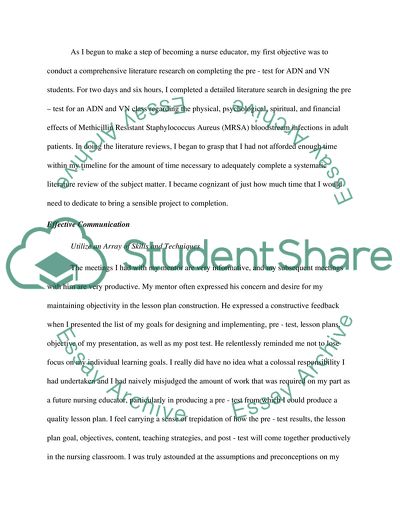Cite this document
(Practicum Evaluation Summary Essay Example | Topics and Well Written Essays - 2500 words, n.d.)
Practicum Evaluation Summary Essay Example | Topics and Well Written Essays - 2500 words. Retrieved from https://studentshare.org/nursing/1711622-evaluating-my-nursing-practicum-experiences
Practicum Evaluation Summary Essay Example | Topics and Well Written Essays - 2500 words. Retrieved from https://studentshare.org/nursing/1711622-evaluating-my-nursing-practicum-experiences
(Practicum Evaluation Summary Essay Example | Topics and Well Written Essays - 2500 Words)
Practicum Evaluation Summary Essay Example | Topics and Well Written Essays - 2500 Words. https://studentshare.org/nursing/1711622-evaluating-my-nursing-practicum-experiences.
Practicum Evaluation Summary Essay Example | Topics and Well Written Essays - 2500 Words. https://studentshare.org/nursing/1711622-evaluating-my-nursing-practicum-experiences.
“Practicum Evaluation Summary Essay Example | Topics and Well Written Essays - 2500 Words”. https://studentshare.org/nursing/1711622-evaluating-my-nursing-practicum-experiences.


